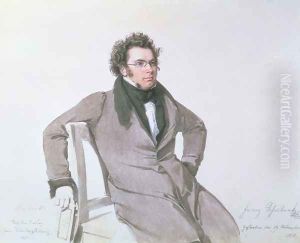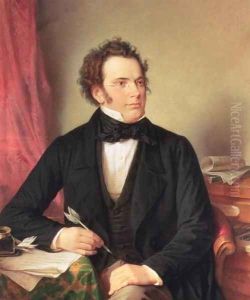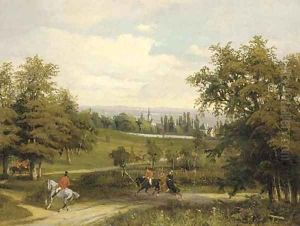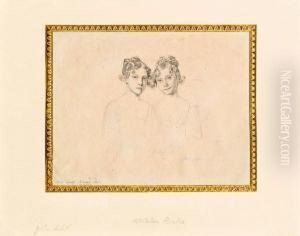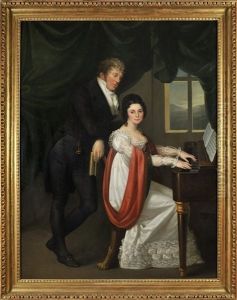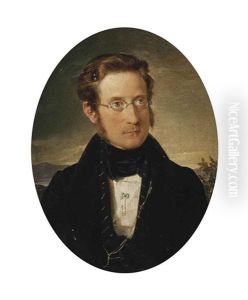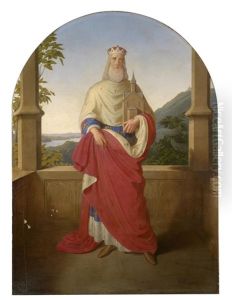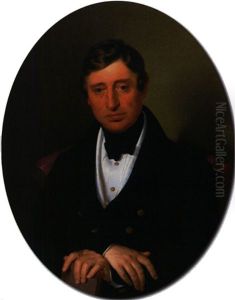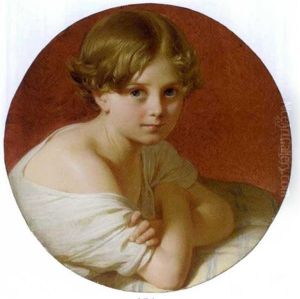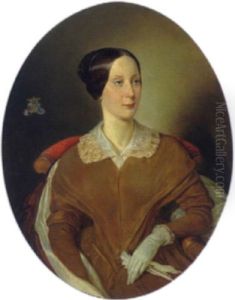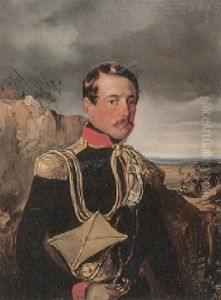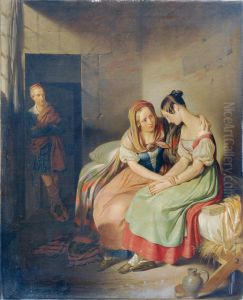Wilhelm August Rieder Paintings
Wilhelm August Rieder was an Austrian painter, born in 1796 in Vienna. He was an important figure in the Austrian art scene of the 19th century, known for his portraits and historical paintings. Rieder's work is characterized by its detailed realism and the emotional depth of its subjects. His artistic journey began under the tutelage of the landscape painter Laurenz Janscha and later, he studied at the Academy of Fine Arts Vienna, where he was influenced by the Biedermeier style, prevalent in the Austrian Empire during the early to mid-19th century. This style emphasized simplicity, elegance, and a sense of calm domesticity, which can be seen in Rieder's portraits and genre scenes.
Rieder's career took a significant turn when he became a court painter. His position allowed him access to the highest circles of society, where he painted portraits of the nobility and leading figures of his time, including the young Franz Joseph I, Emperor of Austria. His portraits were not just mere representations but captured the personality and essence of his sitters, making them invaluable historical documents today. Beyond portraits, Rieder also engaged in creating historical paintings, illustrating significant events and figures from Austrian history, which contributed to the nationalistic sentiment of the period.
Despite his success as a portraitist and historical painter, Rieder also dedicated part of his career to teaching, passing on his techniques and passion for art to the next generation of artists. His contributions to the Austrian art world were recognized by his peers and the society at large, making him a respected and influential figure in the art community until his death in 1880. Today, Wilhelm August Rieder's works are preserved in various museums and collections, continuing to be studied and admired for their contribution to the understanding of Austrian culture and history during the 19th century.
